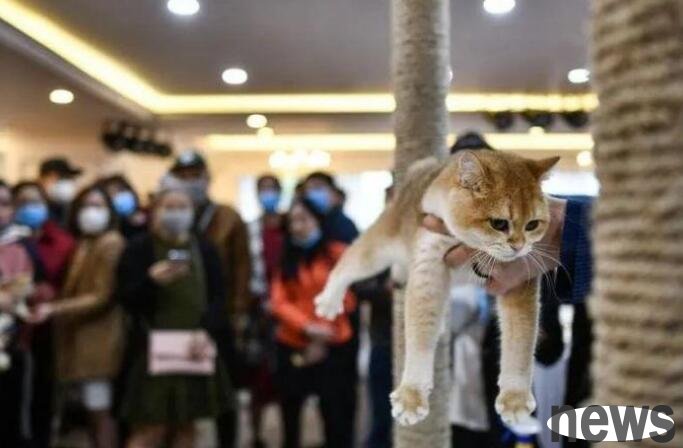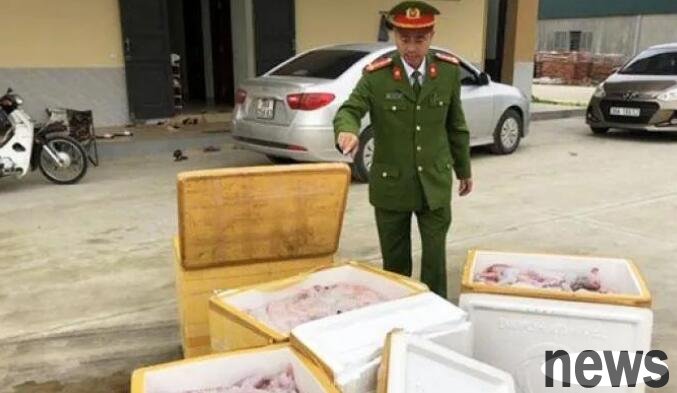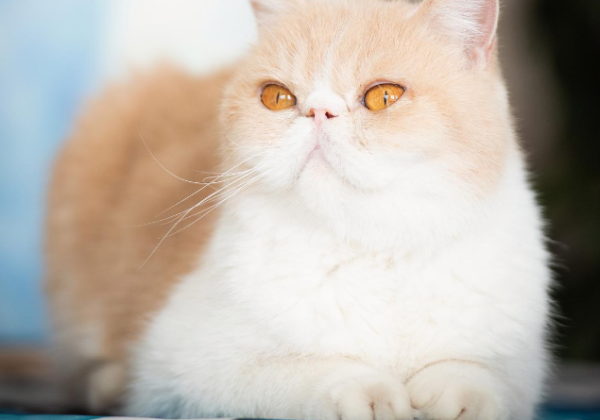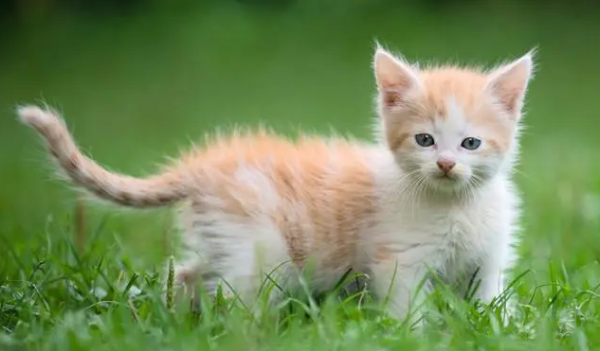With 1 million cats a year, how crazy is Vietnam, which eats cats?
Walking into the alleys in Hanoi, Vietnam, there are a wide variety of snack stalls.
If you are a cat lover, you may feel uncomfortable with a dish called "Tiger Baby".
On the street, the cat's intestines are fried brown and filled with a pot; on the iron rack next to them, a whole smoked and golden cat is also placed, similar to the color of a roasted suckling pig; in the restaurant, you may see more cooking techniques: soup, braised, meatballs...
Foreign tourists feel disgusted when they see it, but locals like it very much. In the 1980s, Vietnamese set an astonishing record of consuming 4 million cats a year.
Of course, there were economic factors in the madness of eating cat meat in that era. At that time, the huge number of people at the bottom were unable to afford the conventional meat such as pork, beef, and chicken, and turned their attention to the "wild cats".
The most exaggerated thing is that as the number of cats plummeted, Vietnam experienced a large-scale rat disease in the early 1990s, attracting international attention.
In 1998, due to international pressure, the Vietnamese Prime Minister issued a death order to "reduce the number of rats", and the law explicitly stipulates that "hunting, slaughtering and consumption of cat meat is prohibited."
But the order prohibits Vietnamese who fail to stop cat-eating addiction. What's more, if there are regulations above and no supervision below, the laws are naturally useless.
If you want to say the difference, it may be that while the Vietnamese cat meat market is prosperous, it becomes more secretive. This industry is becoming increasingly difficult to shake because it has long become a way for many people to make a living.
The cat-eating tradition in Vietnam was originally concentrated in the north. On the sidewalks in Hanoi, you may even occasionally bump into cat bones covered in sunbathing, thin, light brown.
But as this gray industrial chain continues to move south, cat food gradually becomes a "national trend".
Now, in Ho Chi Minh City, the largest city in the south, you can also see restaurants selling "tiger babies", but fewer than Hanoi.

Animal welfare organization "Four Paws" once made a "Vietnamese Cat Meat Trade Report", which pointed out that the average number of cat meat sold by cat meat restaurants and vendors per person is about 40 kilograms a day. Considering that their "sources" are mainly stray cats, if calculated based on the weight of 8 kilograms per cat, it is equivalent to 5 cats in one person's hands being brutally killed.
However, with the development of the economy, the attitude towards cats has changed throughout Vietnam, especially in urban areas. It has become a "companion pet" that accompanies people's daily life, bearing people's emotional needs, and is no longer just a "meat and vegetable".
The situation is still getting better now than 30 years ago. The latest statistics from "Four Paws" in 2020 show that the average number of cats consumed by Vietnamese in recent years is about 1 million per year. Although it still sounds amazing, it is only one-quarter of the peak period.
After the outbreak of the new crown epidemic, Vietnam's cat-eating tradition has risen again.
First, because in January 2020, the law on "prohibiting, slaughtering and consuming cat meat" was revoked;
Second, the "medicine" function of cat meat is rumored.
In the past, cat bones were the raw material for making a ointment to relieve joint pain and treat infertility. During the COVID-19 pandemic, rumors spread among the people that "cat meat can resist the COVID-19 virus."
In fact, cat meat not only does not have this effect, but may instead lead to the occurrence of rabies and the spread of some bacteria.
There is no farm in Vietnam that specializes in raising "meat cats". Taking Hanoi as an example, the cat meat industry chain is mainly composed of restaurants, shelters and slaughterhouses, and the source of cat meat is mainly stray cats. Therefore, Vietnam is also named "the country without stray cats." The

"Four Paws" investigation found that many cats in the slaughterhouse were collared - meaning they had owners.
On the street, you can see many "cat hunting notices" posted on the walls and doors. Most of the fates of these cats are eaten by people. Under the temptation of interests, cat thieves in Vietnam are also rampant.
In Vietnam, the price of live cats is around US$6.5/kg, while the price of pure cat meat is as high as US$21.5/kg.
Because of superstition, black cats are the most expensive.
It is difficult to maintain market demand by relying solely on pet cats and stray cats in their own country. Some cat dealers simply "smuggled cats" from neighboring countries such as China, Cambodia, and Indonesia. And most of these cats were stolen. The way cats are handled in
The slaughterhouses are also cruel. Except for some cats that died from injuries, hunger, exhaustion during transportation and capture, the rest are either drowned, hammered, or even cooked directly.
When I first arrived in Vietnam, I was very surprised by these phenomena. Such a soft and cute pet actually turned into a meal on the plate.
In my memory, most Chinese people have little interest in eating cat meat, and even resist it. When I was a child, I heard from my elders say, "Cat meat is sour and there is nothing good to eat."
This concept can be traced back to ancient times. Li Shizhen wrote in "Compendium of Materia Medica": "However, cat meat is not good, and it is not good, so it is rare to use it." This means that cat meat tastes bad and few people eat it.
The custom of eating cats in China is basically concentrated in Guangdong Province. There is a dish called "Dragon and Tiger Fight", where the dragon is a snake, and the tiger is a cat. However, Shenzhen and Zhuhai in Guangdong have banned the consumption of cat meat for animal protection.
Now, the only areas with group cat eating habits are probably Vietnam.




